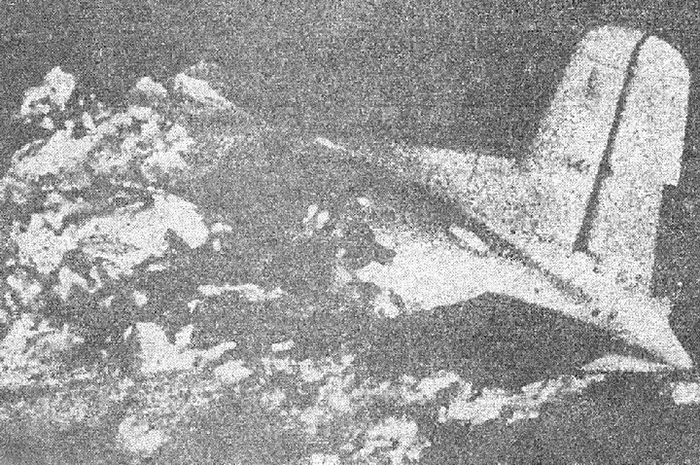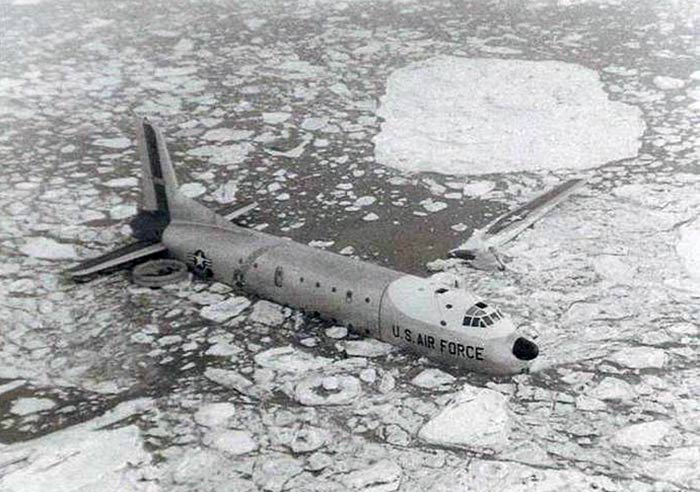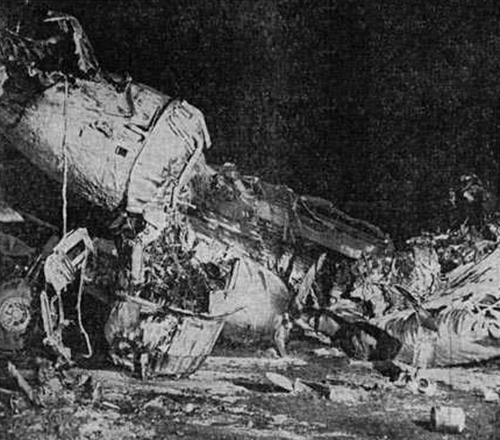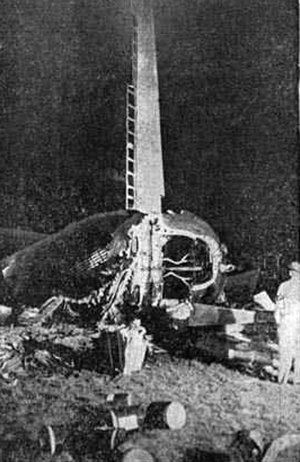Crash of a Douglas C-124C Globemaster II at Biggs AFB: 5 killed
Date & Time:
Aug 31, 1957 at 0145 LT
Registration:
52-1021
Survivors:
Yes
Schedule:
Hunter - Biggs
MSN:
43930
YOM:
1952
Crew on board:
4
Crew fatalities:
Pax on board:
11
Pax fatalities:
Other fatalities:
Total fatalities:
5
Circumstances:
The approach to Biggs AAF was completed by night and poor weather conditions. On final, the four engine aircraft was too low and struck the ground and crashed 2,5 miles short of runway. Five occupants were killed while ten others were evacuated.






